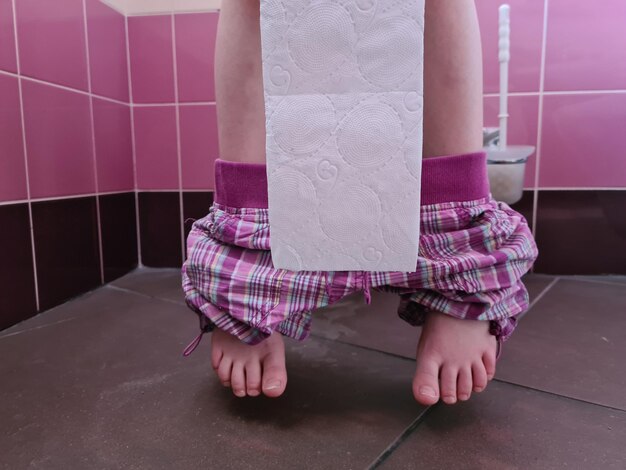Salmonella infection, caused by the Salmonella bacteria, is a common type of foodborne illness that can affect individuals of all ages, but children are particularly vulnerable. Recognizing the early signs and symptoms of a Salmonella infection is crucial for prompt diagnosis and treatment. This article outlines the key symptoms, potential causes, and what parents can do to protect their children.
What is Salmonella Infection?
Salmonella infections occur when individuals consume food or water contaminated with Salmonella bacteria. This can happen through undercooked meats, contaminated fruits and vegetables, unpasteurized dairy products, or contact with infected animals, particularly reptiles and birds. Symptoms typically appear 6 hours to 6 days after exposure.
Early Signs and Symptoms
The early signs of a Salmonella infection in children can vary in severity and may include:
- Diarrhea: One of the most common symptoms, diarrhea may start suddenly and can be watery or contain mucus. It can lead to dehydration, especially in young children.
- Abdominal Cramping: Children may complain of cramping or pain in the abdominal area, which can be severe and accompany diarrhea.
- Fever: A low-grade to moderate fever often accompanies a Salmonella infection, indicating the body’s response to the infection.
- Nausea and Vomiting: Children may feel nauseated and may vomit, leading to further dehydration and discomfort.
- Headache: Some children may experience headaches as a result of the infection or dehydration.
- Fatigue: A general feeling of tiredness or weakness can occur as the body fights off the infection.
- Loss of Appetite: Due to nausea and abdominal discomfort, children may refuse to eat or show a reduced appetite.
Additional Symptoms
In some cases, Salmonella infections can lead to more severe symptoms, particularly in young children, the elderly, or those with weakened immune systems. These can include:
- High Fever: A fever that exceeds 102°F (39°C).
- Bloody Diarrhea: Presence of blood in the stool can indicate a more severe infection.
- Persistent Vomiting: Continuous vomiting that prevents the child from keeping fluids down can lead to dehydration.
- Signs of Dehydration: Symptoms may include dry mouth, decreased urination, irritability, or lethargy.
When to Seek Medical Attention
Parents should seek medical care for their child if they observe:
- Signs of severe dehydration, such as dry mouth, lack of tears, or reduced urine output.
- Persistent high fever or worsening symptoms.
- Blood in the stool.
- Severe abdominal pain that does not improve.
Preventing Salmonella Infection
To reduce the risk of Salmonella infection in children, consider the following preventive measures:
Safe Food Handling:
- Wash hands thoroughly before handling food and after using the bathroom.
- Cook meats to the appropriate internal temperature and avoid cross-contamination.
- Wash fruits and vegetables thoroughly, especially those eaten raw.
Avoid Certain Foods:
- Do not give children undercooked or raw eggs, unpasteurized dairy products, or raw meats.
- Be cautious with foods from buffets or salad bars.
Hygiene with Pets:
- Teach children to wash their hands after handling pets, especially reptiles and birds, which can carry Salmonella.
Stay Informed:
- Keep an eye on food recalls and outbreaks related to Salmonella to make informed choices.
Salmonella infection can present serious health risks, particularly for young children. Recognizing the early signs and symptoms is vital for timely treatment and recovery. By practicing safe food handling and hygiene measures, parents can help protect their children from Salmonella and other foodborne illnesses. If symptoms arise, particularly severe ones, consult a healthcare provider promptly to ensure the best possible care for your child.










